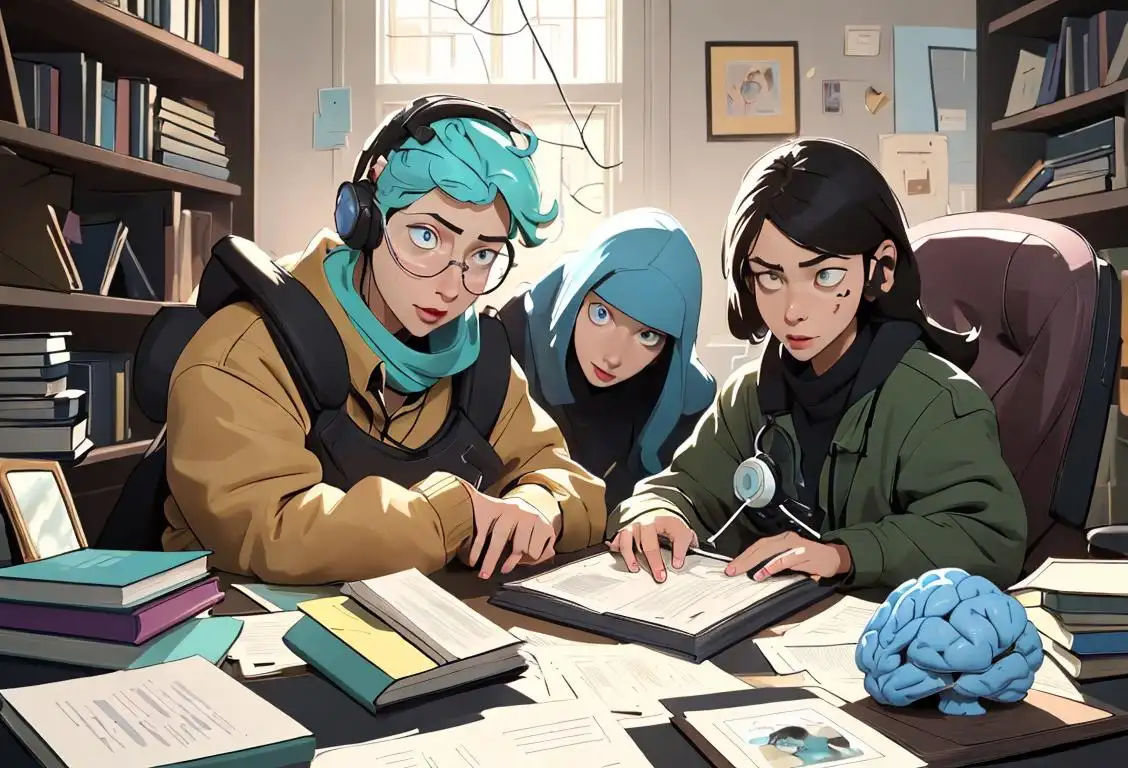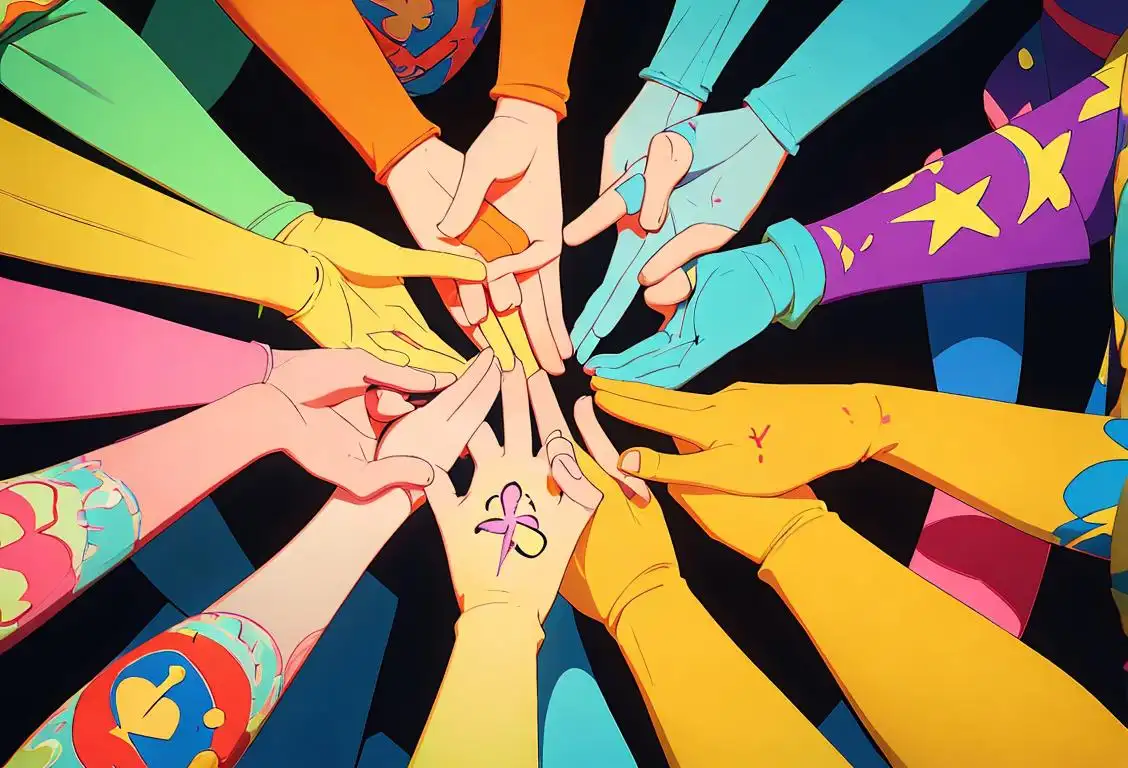National Brain Injury Day

Welcome to National Brain Injury Day! Get ready to explore the intriguing world of brain injuries and learn all about this important day. Whether you've had a brain injury yourself, know someone who has, or simply have a curious mind, this article will keep you entertained and informed. So, fasten your seatbelts and let's dive into the fascinating world of brain injuries!
When is Brain Injury Day?
It's national brain injury day on the 5th February.
The Internet History of National Brain Injury Day
While the internet doesn't have a dedicated origin story for National Brain Injury Day, there are numerous organizations and individuals who have been working tirelessly to raise awareness about brain injuries and support those affected by them.
The aim of National Brain Injury Day is to educate the public about brain injuries, promote prevention methods, and advocate for better support and understanding of those living with brain injuries.
Throughout the years, social media has played a vital role in spreading information about this day. People from all walks of life come together on various platforms to share personal stories, offer support, and raise funds for research and rehabilitation programs.
Why Celebrate National Brain Injury Day?
No, we're not celebrating the brain injuries themselves but rather the opportunity to increase understanding, support, and prevention of such injuries. This day serves as a reminder to take necessary precautions and to support those who have experienced these often life-altering events.
By raising awareness, we can strive towards creating a world where brain injuries are minimized and comprehensive care is readily available to those in need. It's also a day to show compassion and solidarity with those whose lives have been affected by brain injuries, including their loved ones and caretakers.
How to Participate
Participating in National Brain Injury Day is as easy as spreading awareness and supporting organizations dedicated to brain injury research and rehabilitation. Here are a few ways you can get involved:
- 1. Educate Yourself: Read up on the subject, familiarize yourself with the causes and prevention methods.
- 2. Share Your Story: If you or someone you know has been affected by a brain injury, share your story on social media to raise awareness and show support.
- 3. Support Organizations: Donate to reputable organizations that focus on brain injury prevention, research, and assisting those affected. Every little bit helps!
Remember, small actions can make a big difference when it comes to supporting the cause.
History behind the term 'Brain Injury'
1861
Introduction of the term 'brain injury'
In 1861, the term 'brain injury' was first introduced by William Hammond, an American physician and neurologist. He used this term to describe the damage or trauma that occurs to the brain due to external forces or internal factors.
1878
Advancements in understanding brain injuries
In 1878, Dr. John Hughlings Jackson, a British neurologist, made significant advancements in understanding brain injuries. He categorized brain injuries into focal and diffuse, and his research laid the foundation for further studies and treatments.
20th century
Emergence of modern diagnostic techniques
Throughout the 20th century, there were significant advancements in medical technology, leading to the emergence of modern diagnostic techniques for brain injuries. Neuroimaging techniques like CT scans (computed tomography) and MRI (magnetic resonance imaging) allowed for better visualization and detection of brain injuries.
1940s
Understanding the effects of brain injuries on cognition
In the 1940s, studies conducted by British physicians provided valuable insights into the effects of brain injuries on cognition and behavior. These studies led to a better understanding of the long-term consequences of brain injuries and helped develop appropriate rehabilitation programs.
1980s
Recognition of traumatic brain injury as a major health concern
During the 1980s, traumatic brain injury (TBI) gained widespread recognition as a major health concern. Increased awareness and research led to the development of guidelines for the management and treatment of TBI in both civilian and military settings.
Did you know?
Did you know that despite the serious nature of brain injuries, you can still find humor and their silver lining? Research has shown that laughter has numerous benefits for both physical and mental health, so don't forget to share a good joke or enjoy a funny video with someone who has experienced a brain injury. Laughter truly is the best medicine!Tagged
awareness fun loved onesFirst identified
4th February 2018Most mentioned on
5th February 2018Total mentions
34Other days
Compliment Day
Cheese Pizza Day
Pumpkin Day
Medal Of Honor Day
Guac Day
Foundation Day
Suicide Prevention Day
Memorial Day
Cancer Survivors Day
Bacon Day









